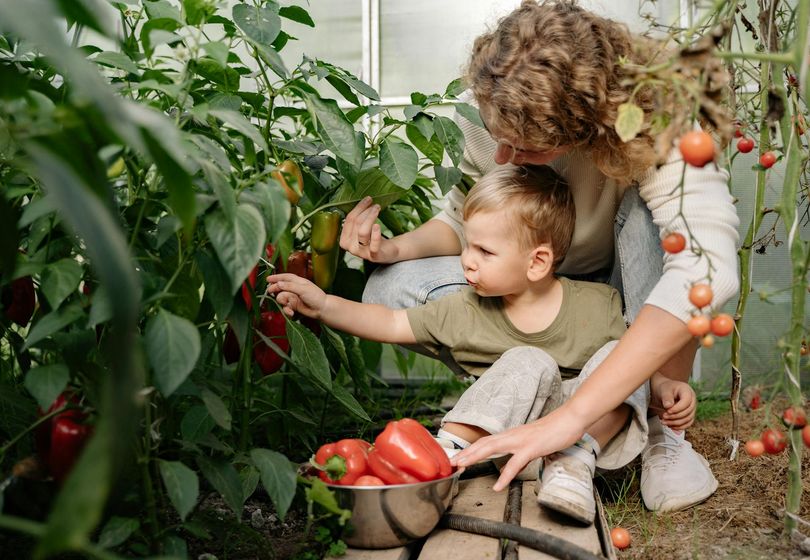
Sweet peppers, also known as bell peppers, are a delicious addition to any vegetable garden. Growing peppers from seed to harvest can be a rewarding experience for gardeners of all levels. Whether you are a seasoned gardener or just starting out, this complete guide will provide you with the essential tips and advice to help you successfully grow sweet peppers in your garden.
Planting Sweet Peppers
When it comes to growing sweet peppers, it all starts with planting the seeds. Sweet peppers are warm-weather crops that require a long growing season, so it is best to start them indoors 6-8 weeks before the last frost date in your area. You can also purchase seedlings from a local nursery if you prefer not to start from seed.
When planting sweet pepper seeds, make sure to use a high-quality seed starting mix and place the seeds 1/4 inch deep in the soil. Keep the soil consistently moist and provide plenty of sunlight or a grow light to help the seeds germinate and grow into healthy seedlings.
Soil Preparation
Before transplanting your sweet pepper seedlings into the garden, it is important to prepare the soil properly. Sweet peppers thrive in well-draining soil that is rich in organic matter. Amend your garden beds with compost or well-rotted manure to improve soil fertility and structure.
Make sure the soil pH is around 6.0-6.8, as sweet peppers prefer slightly acidic soil. You can test the soil pH with a home testing kit or send a sample to your local extension office for analysis. Adding lime to raise the pH or sulfur to lower it can help you achieve the optimal pH for growing peppers.
Planting Tips
When transplanting your sweet pepper seedlings into the garden, space them 18-24 inches apart in rows that are 24-36 inches apart. This will allow the plants to have proper air circulation and room to grow. Mulch around the base of the plants to retain soil moisture and suppress weeds.
It is also a good idea to install a stake or cage next to each pepper plant to provide support as the plants grow taller and produce heavy fruit. This will prevent the plants from bending or breaking under the weight of the peppers.
Watering Peppers
Watering is crucial for the growth and development of sweet peppers. Be sure to water your pepper plants consistently, especially during hot and dry weather. Water at the base of the plants early in the morning to allow the foliage to dry out during the day, which can help prevent disease issues.
Avoid overhead watering, as wet foliage can lead to fungal diseases like powdery mildew. A soaker hose or drip irrigation system is a great way to water your pepper plants directly at the root zone without wetting the leaves.
Garden Care
In addition to watering, sweet pepper plants require regular care to thrive. Fertilize your pepper plants with a balanced fertilizer when they are actively growing and setting fruit. Follow the recommended application rates on the fertilizer package to avoid overfeeding the plants.
Monitor your pepper plants for signs of pests and diseases, such as aphids, caterpillars, and bacterial spot. Inspect the plants regularly and take action promptly if you notice any issues. Applying organic insecticidal soap or neem oil can help control common pests, while pruning affected foliage can prevent the spread of diseases.
Harvesting Peppers
Once your sweet pepper plants start to produce fruit, it's time to harvest your peppers. Sweet peppers can be harvested at any stage of ripeness, from green to fully mature red, yellow, or orange peppers. Simply use a sharp pair of scissors or pruners to cut the peppers from the plant, leaving a small portion of the stem attached.
Harvest your peppers regularly to encourage the plants to continue producing new fruit. Store harvested peppers in a cool, dry place or in the refrigerator to extend their shelf life. Sweet peppers can also be frozen or preserved for later use in cooking and recipes.
By following these planting tips, soil preparation techniques, watering practices, garden care recommendations, and harvesting guidelines, you can successfully grow sweet peppers in your garden from seed to harvest. Enjoy the fresh flavors of homegrown bell peppers and the satisfaction of growing your own vegetables right in your backyard!
